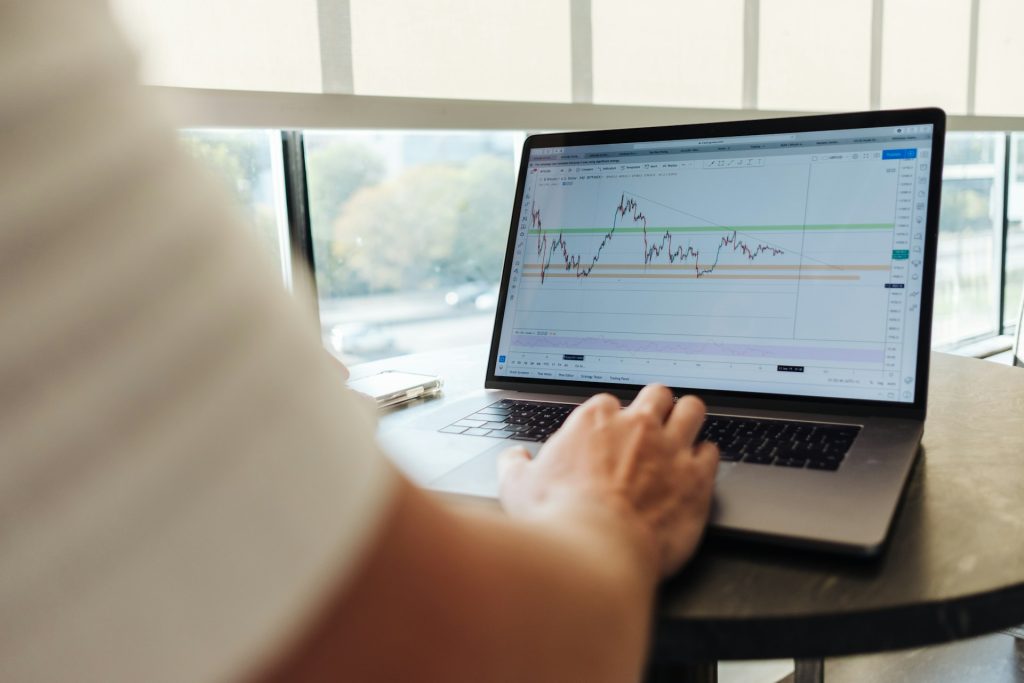In the world of forex trading, where every second counts, 1-minute scalping has emerged as a popular trading strategy. Scalping is a trading style that focuses on profiting from small price movements in a short time frame, typically ranging from seconds to minutes. The 1-minute scalping strategy takes this concept to the extreme, aiming to capture quick profits within just 60 seconds. In this article, we will delve into what the profitable 1-minute scalping strategy entails, its key components, and how traders can effectively implement it to their advantage.
Understanding Scalping
Before delving into the specifics of the 1-minute scalping strategy, let’s take a moment to understand the broader concept of scalping and why it has gained popularity among traders. Scalping, in general, is characterized by:
Rapid Trade Execution: Scalpers aim to enter and exit trades swiftly, taking advantage of short-lived price movements.
Small Profits, High Frequency: Scalpers target small gains from each trade, but they execute numerous trades in a single trading session to accumulate profits.
Tight Stop-Losses: Scalping strategies often employ tight stop-loss orders to limit potential losses in case the market moves against the trader.
The 1-Minute Scalping Strategy
The 1-minute scalping strategy takes scalping to the extreme by focusing on a one-minute time frame for trade analysis and execution. This strategy requires traders to make quick decisions and execute trades rapidly. Here’s a step-by-step breakdown of the profitable 1-minute scalping strategy:
Selecting the Right Currency Pairs: Not all currency pairs are suitable for scalping. Traders should focus on major pairs like EUR/USD, GBP/USD, and USD/JPY, as they tend to have higher liquidity and lower spreads.
Setting Up Technical Indicators: Scalpers often rely on technical indicators to identify potential entry and exit points. Popular indicators for 1-minute scalping include Moving Averages, Bollinger Bands, and Relative Strength Index (RSI).
Identifying Key Support and Resistance Levels: Traders should mark important support and resistance levels on their charts. These levels can act as potential entry and exit points.
Timing is Crucial: Scalpers must be vigilant and ready to execute trades as soon as their chosen indicators generate a signal. The 1-minute time frame leaves little room for hesitation.
Risk Management: Implementing proper risk management is vital for scalpers. They should set tight stop-loss orders to limit potential losses and use position sizing that allows for multiple trades in a single session.
Continuous Monitoring: Scalpers need to constantly monitor their positions and the market for any signs of reversal or change in direction. A profitable trade can quickly turn into a loss in this fast-paced environment.
Quick Exits: Scalpers should have a predefined profit target for each trade and exit as soon as that target is reached. Greed can be detrimental to this strategy.
The Pros and Cons of 1-Minute Scalping
Pros of 1-Minute Scalping:
Quick Profits: The strategy is designed to capture swift price movements, allowing traders to profit in a short time frame.
High Frequency: Scalpers can execute multiple trades in a single session, potentially accumulating significant profits.
Reduced Exposure: Tight stop-loss orders minimize the exposure to market fluctuations.
Cons of 1-Minute Scalping:
Intense Focus: Scalping requires constant attention and quick decision-making, making it mentally demanding.
Transaction Costs: Frequent trading can lead to higher transaction costs, including spreads and commissions.
Emotional Stress: The fast-paced nature of scalping can lead to emotional stress, impulsive decisions, and overtrading.
Tips for Successful 1-Minute Scalping
Practice on Demo Accounts: Before diving into live trading, practice the 1-minute scalping strategy on a demo account to gain familiarity and confidence.
Develop a Solid Trading Plan: Create a detailed trading plan that outlines your entry and exit criteria, risk management rules, and profit targets.
Stay Informed: Keep an eye on economic calendars and news events that could impact the currency pairs you are trading. Unexpected news releases can lead to volatile price movements.
Choose the Right Broker: Select a reputable broker that offers tight spreads and fast execution, as latency can significantly affect scalping performance.
Avoid Overtrading: Stick to your predefined trading plan and avoid overtrading. Set a daily or weekly limit on the number of trades you will execute.
Continuous Learning: Stay updated with the latest developments in the forex market and adapt your strategy as needed.
Common Mistakes to Avoid
Neglecting Risk Management: Failure to set tight stop-loss orders can lead to significant losses in scalping.
Ignoring Fundamental Analysis: While technical analysis is crucial in scalping, don’t ignore fundamental factors that could affect the market.
Chasing Losses: Trying to recover losses by increasing trade size or frequency can lead to a downward spiral.
Lack of Discipline: Emotional discipline is essential in scalping. Stick to your plan and avoid impulsive decisions.
The profitable 1-minute scalping strategy is a high-risk, high-reward trading approach that requires precision, discipline, and a deep understanding of the forex market. While it offers the potential for quick profits, it is not suitable for all traders, especially those who cannot handle the stress and intensity of rapid trading.
Success in 1-minute scalping lies in meticulous preparation, strict adherence to a well-defined trading plan, and continuous learning and improvement. Traders who master this strategy can capitalize on short-lived price movements to achieve their financial goals in the world of forex trading. However, it’s essential to remember that no trading strategy is foolproof, and losses can occur even with the most disciplined approach. Therefore, it is crucial to trade responsibly and only with funds you can afford to lose.
The Psychology of 1-Minute Scalping
One crucial aspect of successful 1-minute scalping that often gets overlooked is the psychology of the trader. The intense pace and frequent decision-making required in scalping can take a toll on a trader’s mental state. Here are some psychological factors to consider:
Patience and Discipline: Scalpers must maintain a high level of patience and discipline to stick to their trading plan and not deviate from it, even in the face of consecutive losses or missed opportunities.
Emotion Control: Emotional control is paramount. Frustration, fear, and greed can lead to impulsive actions and poor decision-making. It’s essential to remain level-headed and not let emotions dictate trading choices.
Stress Management: The rapid pace of 1-minute scalping can be stressful. Traders need to have effective stress management techniques to avoid burnout and maintain focus.
Confidence and Self-Belief: Confidence in one’s trading strategy and abilities is crucial for success in scalping. Doubt and self-doubt can lead to hesitation and missed opportunities.
Scalping vs. Other Trading Styles
Scalping vs. Day Trading: While both scalping and day trading aim to capture short-term price movements, scalping operates on an even shorter time frame. Day trading typically involves holding positions for hours, whereas scalping aims for minutes or seconds.
Scalping vs. Swing Trading: Swing traders seek to profit from medium-term price swings that can last for several days or even weeks. Scalping, on the other hand, focuses on very short-term price movements within minutes.
Scalping vs. Position Trading: Position traders hold positions for an extended period, sometimes weeks, months, or even years, while scalpers exit their trades within minutes. Position trading is more suitable for long-term investors.
The profitable 1-minute scalping strategy is a trading approach that requires a unique set of skills, including rapid decision-making, discipline, and emotional control. While it offers the potential for quick profits, it is not without its challenges and risks.
Successful scalping demands a comprehensive understanding of technical analysis, risk management, and the ability to adapt to a fast-paced trading environment. It’s not a suitable strategy for all traders, especially those who cannot handle the intense stress and constant vigilance required.
Before adopting the 1-minute scalping strategy, traders should thoroughly educate themselves, practice on demo accounts, and develop a solid trading plan. Furthermore, they must be aware of the psychological challenges and pitfalls associated with this trading style.
Ultimately, the profitable 1-minute scalping strategy can be a powerful tool for traders who master it, but it is essential to remember that no strategy guarantees success in the volatile world of forex trading. Caution, responsibility, and continuous learning should be the guiding principles for anyone venturing into this high-risk, high-reward trading style.







